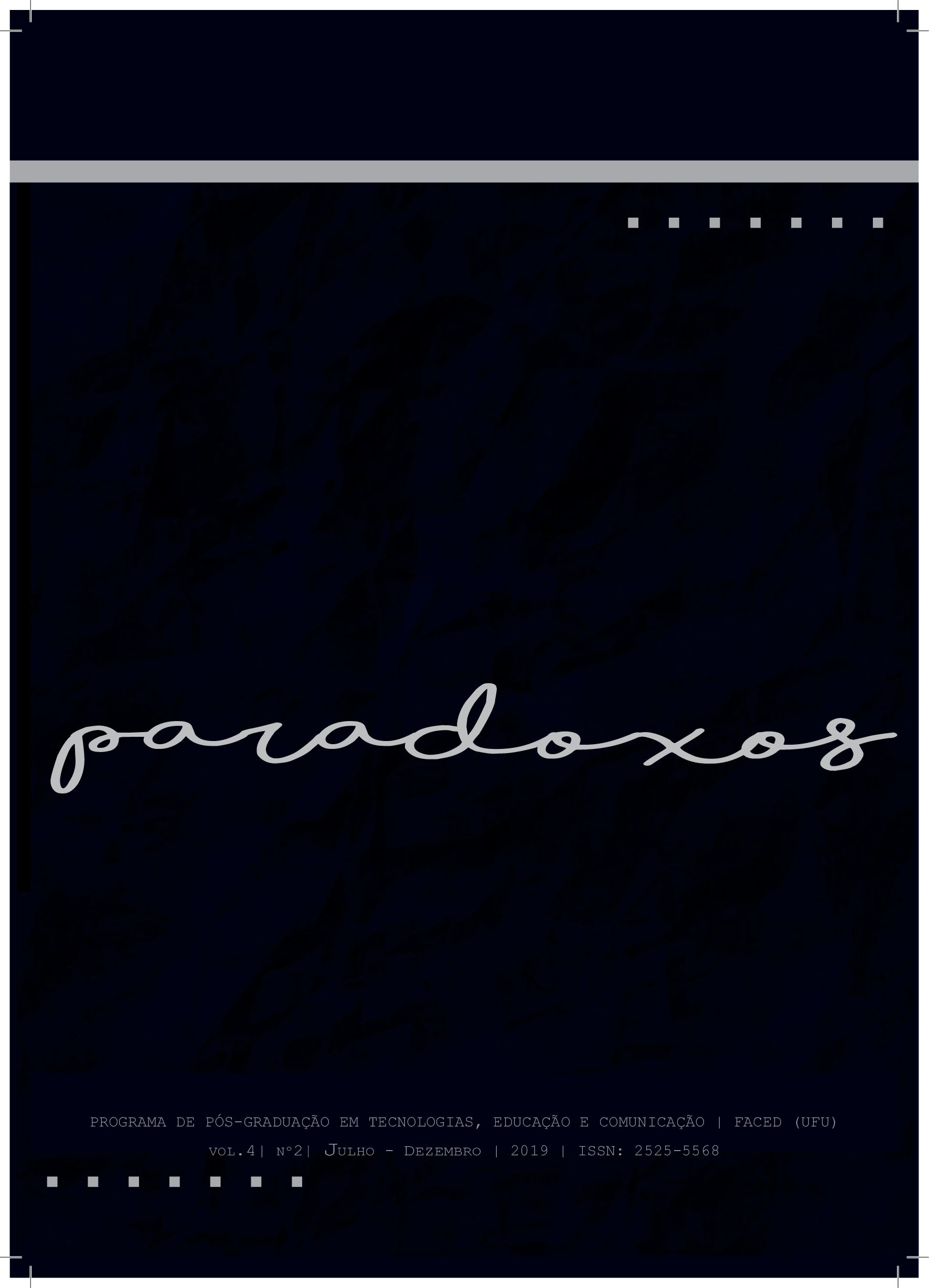Media, fear of crime and punitiveness
DOI:
https://doi.org/10.14393/par-v8n1-2023-69343Keywords:
Media consumption, Fear of crime, PunitivenessAbstract
The scientific literature has extensively studied the impacts of the media and, more recently, of social media on the different perceptions of individuals. One of the most empirically tested relationships since the studies of Gerbner and Gross (1976) is between media consumption (e.g., television) and fear of crime. Additionally, although less common, studies have also shown that support for tougher criminal policies can derive from news consumption. However, the culture of fear can also affect the search for more punitive responses. Thus, through a literature review, this article explores, on the one hand, the relationship between (social) media consumption and punitiveness and, on the other hand, the mediating role of fear in that relationship. It is expected, therefore, to fill a relevant gap in the scientific literature in the area.
Downloads
References
AGRA, Cândido (2007). Podemos medir a criminalidade e a segurança? Livro de Actas da Conferência Nacional Inovação, Poder e Desenvolvimento: Congresso para a Cidadania, p. 227-234, 2007.
SHOUSE CALIFORNIA LAW GROUP. California “Three-Strike” Law – A Defense Lawyer Explains. Disponível em: https://www.shouselaw.com/ca/defense/process/sentencing/three-strikes-law/#:~:text=California's%20three%2Dstrikes%20law%20is,violent%20or%20serious%20felony%20offenses. Acesso em: 14 de jun. de 2023.
CASHMORE, Jordan. Crime reducing entertainment: The contribution of media entertainment and communication technologies to the UK’s victimisation drop. Internet Journal of Criminology, p. 1-46, 2012.
CHIRICOS, Ted; WELCH, Kelly; GERTZ, Marc. Racial typification of crime and support for punitive measures. Criminology, v. 42, n. 2, p. 359-389, 2004.
COSTELLOE, Michael; CHIRICOS, Ted; GERTZ, Marc. Punitive attitudes toward criminals: Exploring the relevance of crime salience and economic insecurity. Punishment & Society, v. 11, n. 1, p. 25-49, 2009.
CULLEN, Francis; SKOVRON, Sandra; SCOTT; Joseph; BURTON, Velmer. Public Support for Correctional Treatment: The Tenacity of Rehabilitative Ideology. Criminal Justice and Behavior, v. 17, n. 1, p. 6-18, 1990.
DOLLIVER, Matthew; KENNEY, Jennifer; REID, Lesley; PROHASKA, Ariane. Examining the Relationship Between Media Consumption, Fear of Crime, and Support for Controversial Criminal Justice Policies Using a Nationally Representative Sample. Journal of Contemporary Criminal Justice, v. 34, n. 4, p. 399-420, 2018.
FERRARO, Kenneth; LAGRANGE, Randy. The measurement of fear of crime. Sociological Inquiry, v. 57, n. 1, p. 70-97, 1987.
GARLAND, David. The culture of control: Crime and social order in contemporary society. Chicago: The University of Chicago Press, 2001.
GERBNER, George. Cultural indicators: Violence profile no. 9. Journal of communication, v. 28, n. 3, p. 176-207, 1978.
GERBNER, George; GROSS, Larry. Living with television: The violence profile. Journal of communication, v. 26, n. 2, p. 172-199, 1976.
GERBNER, George; GROSS, Larry; MORGAN, Michael; SIGNORIELLI, Nancy. The “Mainstreaming” of America: Violence Profile No. 11. Journal of Communication, v. 30, n. 3, p. 10–29, 1980.
HOGAN, Michael; CHIRICOS, Ted; GERTZ, Marc. Economic insecurity, blame, and punitive attitudes. Justice Quarterly, v. 22, n. 3, p. 392–412, 2005.
HOLBERT, R. Lance; SHAH, Dhavan V.; KWAK, Nojin. Fear, authority, and Justice: Crime-related TV viewing and endorsements of capital punishment and gun ownership. Journalism & Mass Communication Quarterly, v. 81, n. 2, p. 343–363, 2004.
INTRAVIA, Jonathan; WOLFF, Kevin T.; PAEZ, Rocio; Gibbs, Benjamin R. Investigating the relationship between social media consumption and fear of crime: A partial analysis of mostly young adults. Computers in Human Behavior, v. 77, 158-168, 2017.
JENNINGS, Will; FARRALL, Stephen; GRAY, Emily; HAY, Colin. Penal populism and the public thermostat: Crime, public punitiveness, and public policy. Governance, v. 30, n. 3, p. 463-481, 2017.
KORT-BUTLER, Lisa; HARTSHORN, Kelley. Watching the detectives: Crime programming, fear of crime, and attitudes about the criminal justice system. Sociological Quarterly, v. 52, n. 1, p. 36-55, 2011.
KRAMER, Ronald; MICHALOWSKI, Raymond. The iron fist and the velvet tongue: Crime control policies in the Clinton administration. Social Justice, v. 22, n. 60, p. 87-100, 1995.
MACHADO, Carla; AGRA, Cândido. Insegurança e medo do crime: da ruptura da sociabilidade à reprodução da ordem social. Revista Portuguesa de Ciência Criminal, v. 12, n. 1, p. 79-101, 2002.
MCCORKLE, Richard. Research note: Punish and rehabilitate? Public attitudes toward six common crimes. Crime & Delinquency, v. 39, n. 2, p. 240-252, 1993.
RAMIREZ, Mark. Punitive Sentiment. Criminology, v. 51, n. 2, p. 329-364, 2013.
SCHROEDER, Harold M.; DRIVER, Michael J.; STREUFERT, Siegfried. Human information processing. New York: Holt, Rinehart & Winston, 1967.
SILVA, Cynthia. O Papel dos Media no Sentimento de Insegurança: um Estudo Qualitativo. Dissertação - Universidade do Porto, Porto, 2019.
SIMON, Jonathan. Governing through crime: How the war on crime transformed American democracy and created a culture of fear. New York: Oxford University Press, 2007.
SOTIROVIC, Mira. Affective and cognitive processes as mediators of media influences on crime-policy preferences. Mass Communication & Society, v. 4, n. 3, p. 311-329, 2001.
SURETTE, Raymond. Mass Media, Crime and Justice. Oxford University Press, 2011.
WARR, Mark. Fear of crime in the United States: Avenues for research and policy. Criminal justice, v. 4, n. 4, p. 451-489, 2000.
WEAVER, James; WAKSHLAG, Jacob. Perceived vulnerability to crime, criminal victimization experience, and television viewing. Journal of Broadcasting & Electronic Media, v. 30, n. 2, p. 141-158, 1986.
WEITZER, Ronald; KUBRIN, Charis. Breaking news: How local TV news and real-world conditions affect fear of crime. Justice Quarterly, v. 21, n. 3, p. 497-520, 2004.
ZEDNER, Lucia. Security. London: Routledge, 2009.
Downloads
Published
How to Cite
Issue
Section
License
Autores que publicam nesta revista concordam com os seguintes termos:
Autores mantém os direitos autorais e concedem à revista o direito de primeira publicação, com o trabalho simultaneamente licenciado sob a Creative Commons Attribution License que permitindo o compartilhamento do trabalho com reconhecimento da autoria do trabalho e publicação inicial nesta revista.
Autores têm autorização para assumir contratos adicionais separadamente, para distribuição não-exclusiva da versão do trabalho publicada nesta revista (ex.: publicar em repositório institucional ou como capítulo de livro), com reconhecimento de autoria e publicação inicial nesta revista.



